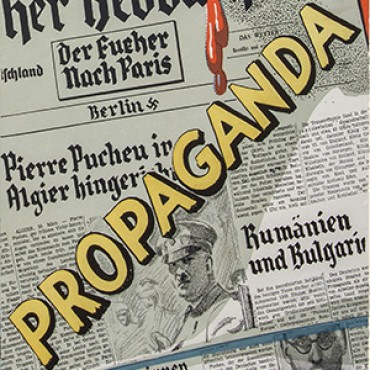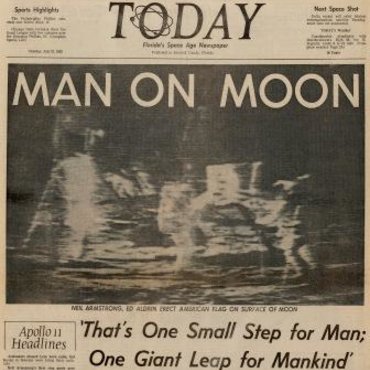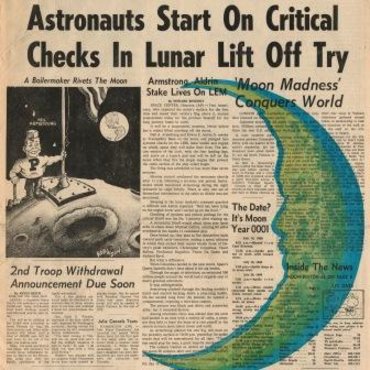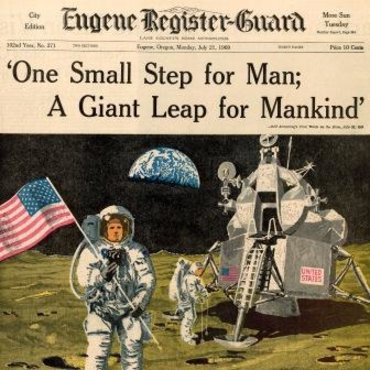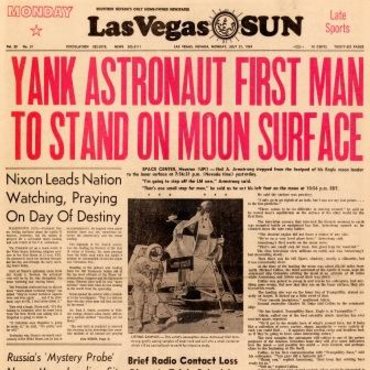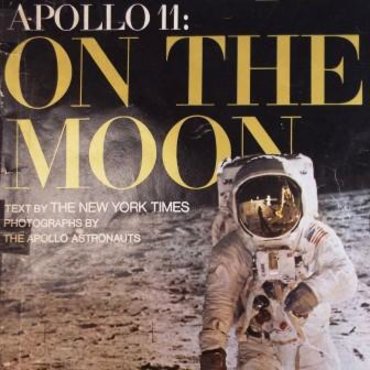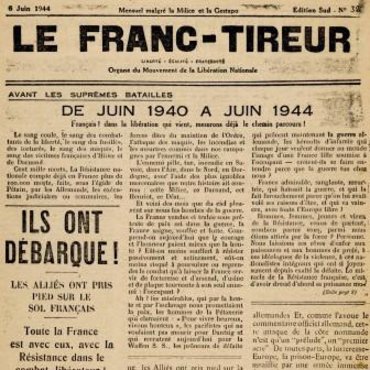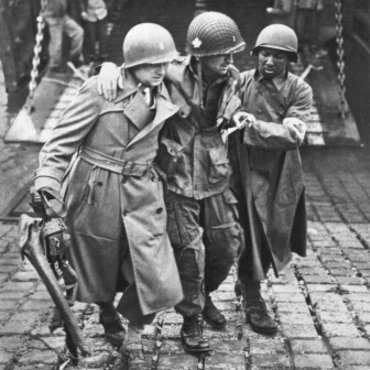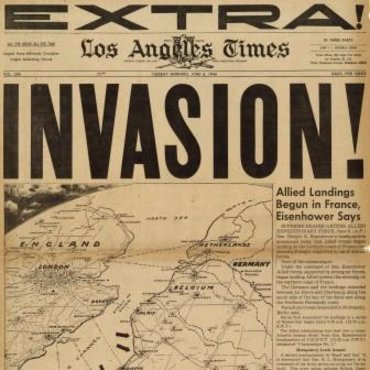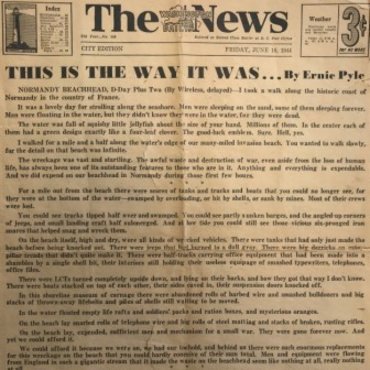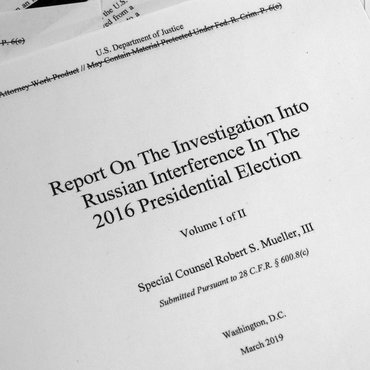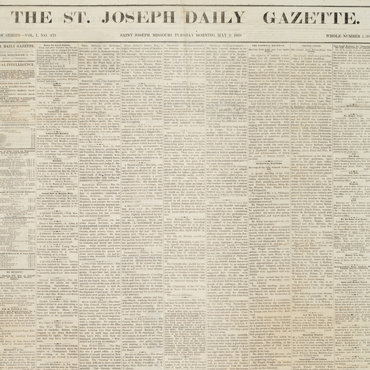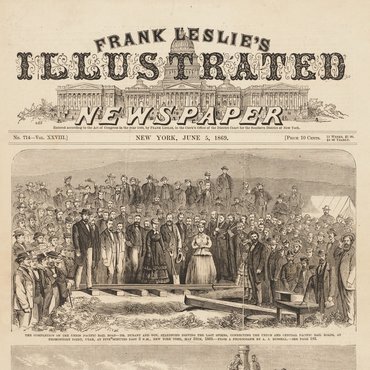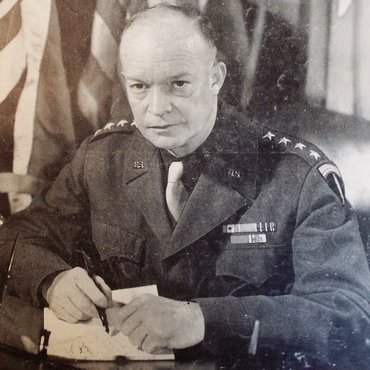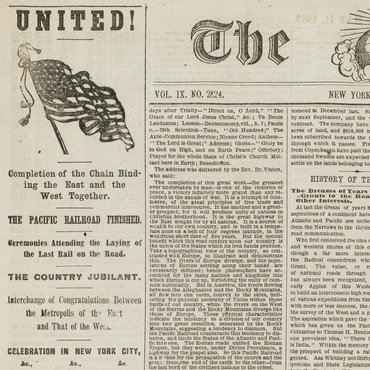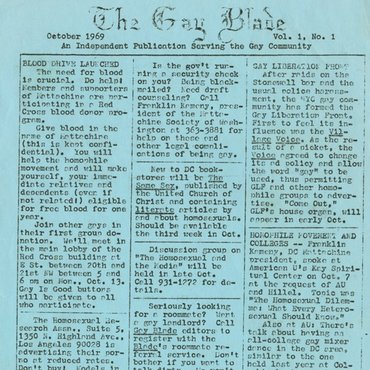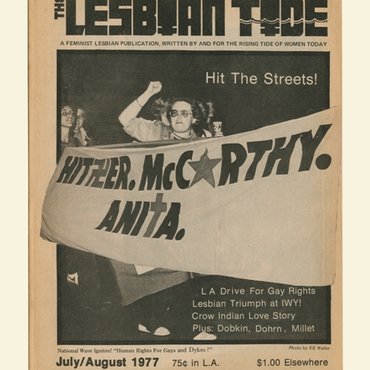Lesson Plan
Stereotypes: Identifying One Form of Bias
Students boost their media literacy skills by learning to identify stereotypes in the media they consume.
Get even more great free content!
This content contains copyrighted material that requires a free NewseumED account.
Registration is fast, easy, and comes with 100% free access to our vast collection of videos, artifacts, interactive content, and more.
Sign Up
?
NewseumED is provided as a free educational resource and contains copyrighted material. Registration is required for full access. Signing up is simple and free.
With a free NewseumED account, you can:
- Watch timely and informative videos
- Access expertly crafted lesson plans
- Download an array of classroom resources
- and much more!
Duration
30-60 minutes
Topic(s)
- Journalism
Grade(s)
- 6-12
- Note: Assign students the AAUW blog post for reading prior to class (optional).
- Explain that today you will discuss the effects of stereotypes in the news on individuals and the public. Start by asking the class to define stereotype, drawing on the AAUW blog post for ideas (if assigned). A stereotype is a generalization or broad belief about a group of people. It differentiates one group from another.
- Remind students that stereotypes can spread positive or negative messages. Tell them that there is often a focus on race and gender when discussing stereotypes, but many different types of groups are stereotyped. Ask them for examples of each they’ve encountered in magazines, on social media, and/or in the news media. Some ideas: Men are good at math and science; American tourists are rude and obnoxious.
- Ask if students have heard complaints that the news media is biased. Explain that this complaint sometimes comes from the media’s use of stereotypes in their reporting. Brainstorm potential consequences of seeing stereotypes in the media. How could stereotypes affect the people discussed? The public? Some ideas: companies might hire people based on assumed skills; states could make policy decisions based on assumed needs; communities become polarized. Note that the more often stereotypes are used, the more likely people are to believe them.
- Have the class brainstorm groups of people in the news, then select one to research. Some ideas: immigrants, opioid users, Democrats or Republicans, millennials, people from a particular region of the country. Distribute the worksheet to each group. Discuss their findings using the questions below.
- AAUW blog post “Why Stereotypes Are Bad and What You Can Do About Them” (optional, http://archive.is/Ywc2v)
- Identifying Stereotypes worksheet (download), one per small group of students
- Internet access
- Identifying Stereotypes student example handout (optional, download)
- Was it easy or hard to find stereotypes in the news about this group? In social media? Why do you think that is?
- Do you think your articles provided an accurate sample of the overall news coverage of this group?
- Do you think stereotypes — not just of this group, but in general — are a problem in news coverage? Explain your answer.
- What can be done to address the issue of stereotypes in popular media? In the news media? What about on social media? Better training for reporters and editors? More opportunities for readers/viewers/listeners to talk back when they disagree with what they see? More diverse hiring at news agencies?
- What stereotypes and biases do you think you hold? What can you do to combat them?
-
Common Core State Standards: CCSS.ELA-LITERACY.CCRA.R.4
Interpret words and phrases as they are used in a text, including determining technical, connotative, and figurative meanings, and analyze how specific word choices shape meaning or tone. -
Common Core State Standards: CCSS.ELA-LITERACY.CCRA.R.8
Delineate and evaluate the argument and specific claims in a text, including the validity of the reasoning as well as the relevance and sufficiency of the evidence. -
Common Core State Standards: CCSS.ELA-LITERACY.CCRA.R.9
Analyze how two or more texts address similar themes or topics in order to build knowledge or to compare the approaches the authors take. -
Common Core State Standards: CCSS.ELA-LITERACY.CCRA.W.1
Write arguments to support claims in an analysis of substantive topics or texts using valid reasoning and relevant and sufficient evidence.
-
NCSS C3 Framework: D3.1.6-8 and D3.1.9-12
6 - 8: Gather relevant information from multiple sources while using the origin, authority, structure, context, and corroborative value of the sources to guide the selection. 9 - 12: Gather relevant information from multiple sources representing a wide range of views while using the origin, authority, structure, context, and corroborative value of the sources to guide the selection -
NCSS C3 Framework: D4.1.6-8 and D4.1.9-12
6 - 8: Construct arguments using claims and evidence from multiple sources, while acknowledging the strengths and limitations of the arguments. 9 - 12: Construct arguments using precise and knowledgeable claims, with evidence from multiple sources, while acknowledging counterclaims and evidentiary weaknesses.
-
ISTE: 3d. Knowledge Constructor
Students build knowledge by actively exploring real-world issues and problems.
-
National Council of Teachers of English: NCTE.9
Students develop an understanding of and respect for diversity in language use, patterns, and dialects across cultures, ethnic groups, geographic regions, and social roles. -
National Council of Teachers of English: NCTE.11
Students participate as knowledgeable, reflective, creative, and critical members of a variety of literacy communities.








